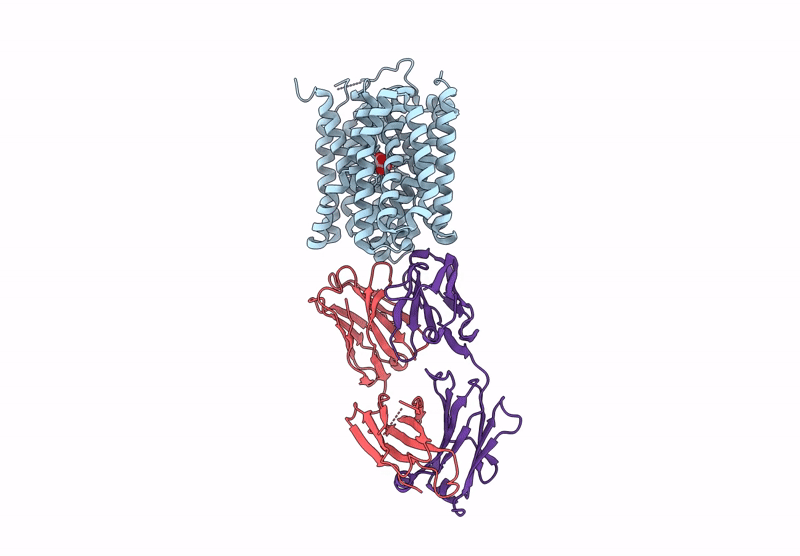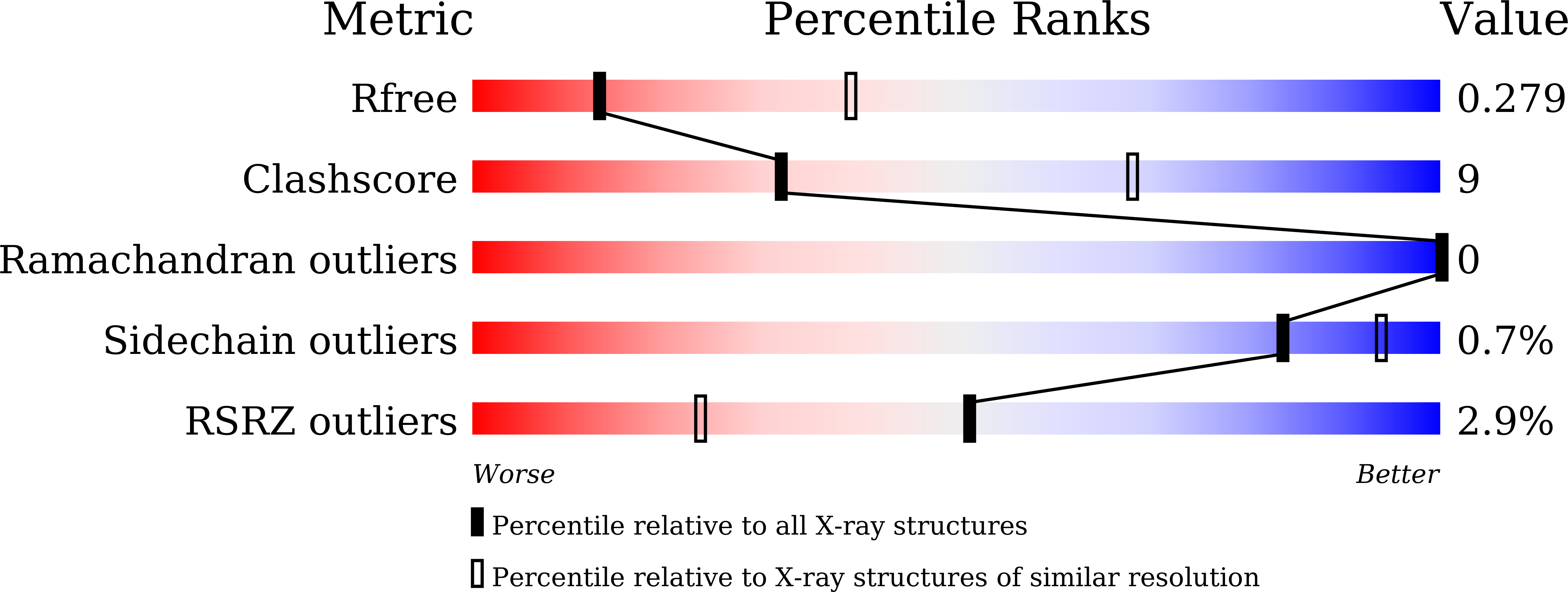
Deposition Date
2022-12-12
Release Date
2023-02-15
Last Version Date
2024-10-16
Entry Detail
PDB ID:
8HPK
Keywords:
Title:
Crystal structure of the bacterial oxalate transporter OxlT in an oxalate-bound occluded form
Biological Source:
Source Organism:
Oxalobacter formigenes (Taxon ID: 847)
Mus musculus (Taxon ID: 10090)
Mus musculus (Taxon ID: 10090)
Host Organism:
Method Details:
Experimental Method:
Resolution:
3.00 Å
R-Value Free:
0.27
R-Value Work:
0.23
R-Value Observed:
0.24
Space Group:
P 21 21 2


